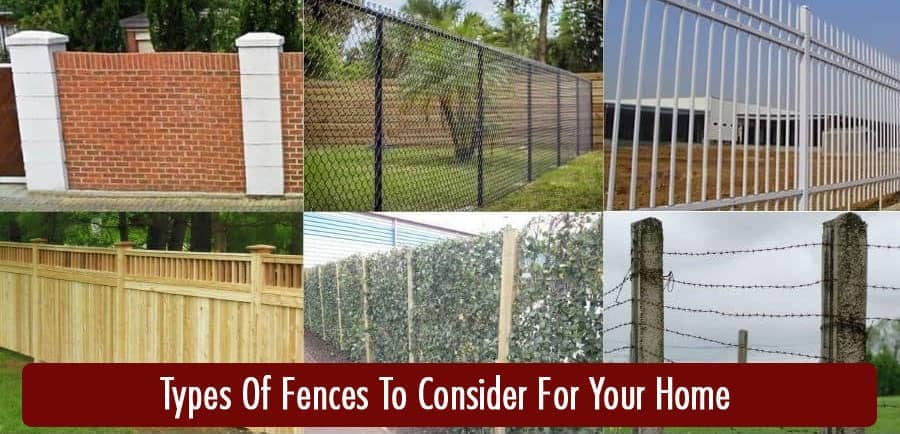Types Of Patio Roofing Materials | Types Of Patio Covers

When it comes to creating a comfortable and functional outdoor living space, a patio roof is an essential element. A patio roof provides shade, protection from the elements, and allows you to enjoy your patio area throughout the year. There are various patio roofing materials and patio cover options available, each with its own advantages and aesthetic appeal.
1. Wood Patio Covers
Wood patio covers are a classic and popular choice for their natural beauty and versatility. Wood offers a warm and rustic look that blends well with outdoor environments. Common wood options for patio covers include cedar, redwood, and pressure-treated lumber. Wood patio covers can be designed in various styles, such as pergolas, lattice covers, or solid roofs. They can be stained or painted to match your home's exterior and personal preferences.
2. Aluminum Patio Covers
Aluminum patio covers are durable, low maintenance, and provide excellent protection from the sun and rain. They are lightweight, making them easy to install and handle. Aluminum patio covers are available in different styles, including solid roofs, insulated panels, or lattice designs. They can be customized with various colors and finishes to match your home's aesthetics. Aluminum is resistant to rust, corrosion, and insect damage, ensuring long-lasting performance.
3. Polycarbonate Patio Covers
Polycarbonate patio covers are a modern and versatile option. They are made from a durable, translucent plastic material that allows natural light to filter through while providing protection from the elements. Polycarbonate patio covers are available in different colors and thicknesses. They offer UV protection, preventing harmful rays from reaching the patio area. The translucent panels also allow for diffused lighting, creating a pleasant ambiance.
4. Fabric Patio Covers
Fabric patio covers, such as retractable awnings or shade sails, provide flexibility and versatility. These covers can be easily adjusted or retracted to control the amount of shade and sunlight desired. Fabric patio covers are available in various colors, patterns, and materials, including canvas and weather-resistant fabrics. They offer a lightweight and cost-effective option for creating shade and enhancing the aesthetics of your outdoor space.
5. Solid Roof Patio Covers
Solid roof patio covers provide complete protection from the elements and offer a sense of permanence to your outdoor space. They can be constructed with materials like wood, aluminum, or composite panels. Solid roof covers can be designed in different styles, including gable roofs, hip roofs, or flat roofs. They offer insulation properties, reducing heat transfer and keeping the patio area cooler. Solid roof patio covers can be enhanced with lighting, fans, or even skylights for added functionality and ambiance.
6. Retractable Patio Covers
Retractable patio covers offer the convenience of adjustable shade and protection. These covers can be extended or retracted using a manual or motorized system, allowing you to control the amount of shade or sunlight desired. Retractable patio covers are typically made from durable fabrics or materials like aluminum. They provide flexibility and versatility, allowing you to enjoy the patio area in various weather conditions.
7. Thatched Roof Patio Covers
Thatched roof patio covers offer a tropical and unique aesthetic to your outdoor space. They are made from natural materials like palm leaves or grasses, providing a rustic and eco-friendly look. Thatched roofs provide excellent insulation, keeping the patio area cool and protected from the sun. They can be designed in various styles, such as palapas or tiki huts, adding a touch of exotic charm to your patio.
Conclusion
Choosing the right patio roofing material or cover depends on your desired aesthetics, budget, and functional needs. Wood patio covers offer a classic and natural look, while aluminum and polycarbonate covers provide durability and protection. Fabric covers offer flexibility and adjustability, while solid roof covers provide complete protection and insulation. Consider the style of your home, climate conditions, and maintenance requirements when selecting the ideal patio roofing material or cover for your outdoor space.
FAQs
How long do patio covers typically last?
The lifespan of patio covers varies depending on the material, maintenance, and weather conditions. Wood patio covers can last 10-20 years, while aluminum, polycarbonate, and fabric covers can last 15-25 years or more with proper care.
Can I install a patio cover myself?
The complexity of installing a patio cover depends on the type and design. Some patio covers, such as fabric awnings or shade sails, can be DIY-friendly. However, for more complex installations, it's recommended to consult with professionals to ensure proper installation and structural integrity.
Are patio covers customizable?
Yes, many patio covers can be customized to fit your specific requirements. They can be tailored in terms of size, style, color, and additional features such as lighting or fans. Consult with patio cover suppliers or contractors to explore customization options.
How much does it cost to install a patio cover?
The cost of installing a patio cover depends on various factors, including the type of material, size, design complexity, and labor costs. It's recommended to obtain quotes from multiple contractors to get an accurate estimate for your specific project.
Can I attach patio covers to an existing structure?
In many cases, patio covers can be attached to an existing structure, such as a house or a freestanding support system. However, it's crucial to ensure proper structural support and consult with professionals to determine feasibility and safety.
